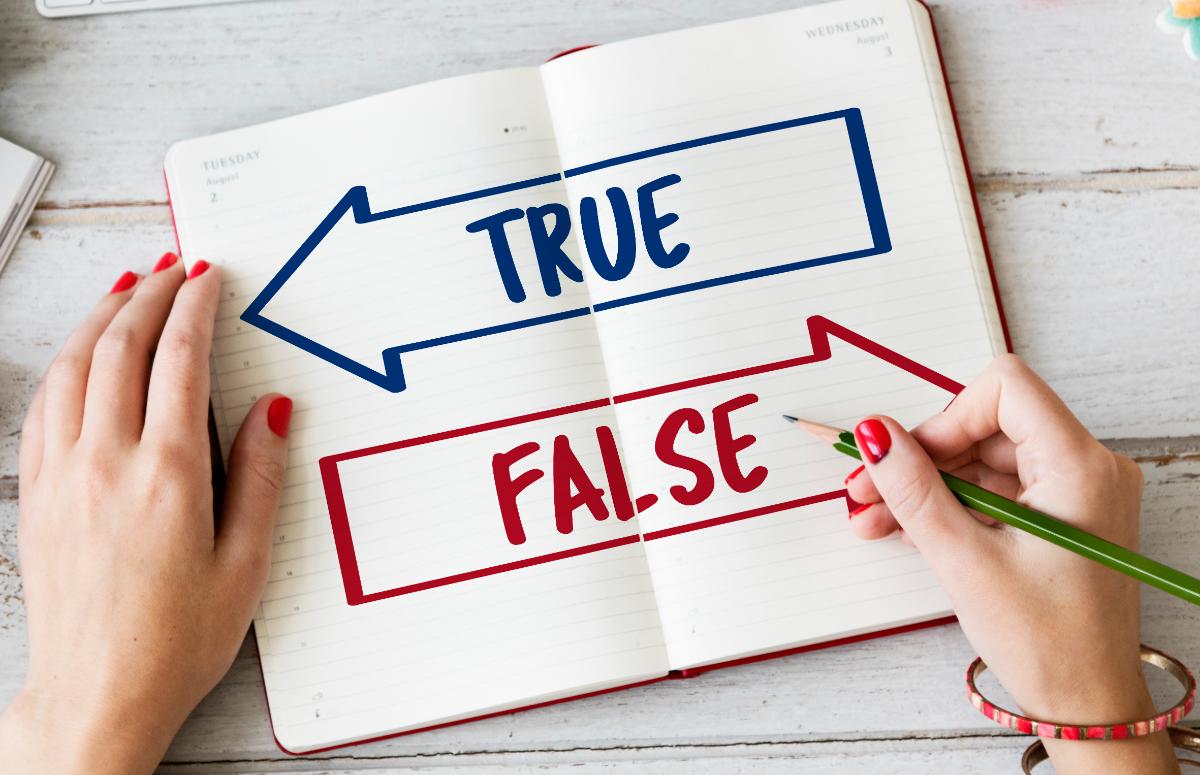In Australian trust law, trustees are essential to the operation and management of a family trust. They hold legal title to the trust property and administer it in the best interest of beneficiaries. However, circumstances may arise—due to death, incapacity, retirement, or misconduct—where a trustee needs to be replaced. This guide outlines how to change trustees of a family trust in accordance with Australian legal requirements.
What Triggers the Need to Change a Trustee?
A trustee must be changed when they are no longer able or legally permitted to fulfil their duties under the trust deed. Common triggers include:
- Death of the Trustee: Changes often involve appointing new trustees to maintain the trust’s continuity when the original trustee passes away.
- Legal Incapacity: If a trustee becomes mentally or physically incapable of acting, they must be replaced to ensure the trust is properly managed and decisions remain legally valid.
- Voluntary Retirement or Resignation: A trustee may step down from their role, either due to age, change in personal circumstances, or by choice, as permitted under the trust deed.
- Breach of Fiduciary Duty or Misconduct: If a trustee acts dishonestly, breaches the trust deed, or otherwise fails in their legal obligations, they may be removed through a formal process initiated by the appointor or by court order.
- Strategic Trust Restructuring: A change may be driven by broader estate planning objectives, such as transitioning control to the next generation, asset protection, or simplifying administration.
Each of these scenarios requires strict adherence to the procedures outlined in the trust deed and compliance with relevant provisions under Australian trust law.

Legal Authority to Change a Trustee
In most family trusts, the trust deed outlines the process and parties authorised to make trustee changes. Commonly, the appointor—a role distinct from the trustee—has the power to remove and appoint trustees. If no appointor is named or the appointor is deceased or incapacitated, the Supreme Court of the relevant state may be required to intervene under its trust jurisdiction.
Importantly, the Trustee Act 1925 (NSW) and equivalent legislation in other states provide fallback provisions when the trust deed is silent.
How to Change Trustees of a Family Trust: Step-by-Step
Changing a trustee involves careful compliance with legal and procedural requirements. Below is a step-by-step guide:
Step 1: Review the Trust Deed
Examine the trust deed to understand:
- Who holds the power to appoint or remove a trustee (usually the appointor),
- Any procedural requirements (e.g. written notice, deed format),
- Restrictions or conditions on appointments.
Step 2: Obtain Legal Advice
Engage a solicitor specialising in trusts to:
- Interpret the trust deed correctly,
- Ensure compliance with state-based trust law,
- Draft the formal documentation.
Step 3: Draft a Deed of Retirement and Appointment
This legal document formalises:
- The resignation or removal of the existing trustee,
- The appointment of the new trustee,
- Acceptance of trustee obligations by the incoming trustee.
The deed must be executed according to the formalities outlined in the trust deed and witnessed appropriately.
Step 4: Update Relevant Registrations and Records
After executing the deed:
- Notify the Australian Taxation Office (ATO),
- Update property title records (if the trust owns land),
- Notify banks, financial institutions, and relevant stakeholders.
Step 5: Maintain Proper Documentation
All documents relating to the change—including the Deed of Appointment—should be retained with the trust records. These may be reviewed during future audits or legal proceedings.

Tax Implications of Trustee Changes
While changing trustees does not automatically trigger a tax event, there are potential stamp duty and capital gains tax (CGT) considerations, especially where the trustee holds dutiable property such as real estate. Each Australian state has different stamp duty rules regarding changes in legal ownership through trust restructuring.
Consult with a qualified tax advisor or lawyer before executing the change to assess any liability or exemptions.
Key Legal Considerations
Before initiating a trustee change in a family trust, it is critical to consider the legal framework that governs such transitions. This includes carefully reviewing the trust deed, understanding the powers of the appointor, and ensuring compliance with applicable Australian trust legislation. Failing to follow the correct legal process may invalidate the change or expose the trust to future disputes. The following key issues should be addressed during the transition.
- Fiduciary Duties: The new trustee must accept their legal responsibilities, including acting impartially, avoiding conflicts of interest, and complying with the trust deed. This becomes especially important when a trustee is also a beneficiary, as additional care is needed to avoid self-interest influencing decisions.
- Beneficiary Rights: Changing a trustee must not unfairly prejudice beneficiaries. Some trust deeds may even require notification or consent from key beneficiaries.
- Court Involvement: If there's a dispute about the change or the trust deed lacks clarity, the Supreme Court can issue orders under statutory trust law.
FAQs: Changing Trustees of a Family Trust in Australia
To address the most common concerns and Google-searched queries, here is a summary of frequently asked questions:
How to Replace a Trustee in a Family Trust?
Replacement follows the trust deed. A Deed of Appointment and Retirement is typically executed, with legal guidance to ensure compliance.
Can a Trustee Be Removed Without Their Consent?
Yes, if the trust deed grants the appointor that power. Otherwise, court intervention is required to remove a non-consenting trustee.
Do Trustee Changes Trigger Tax?
Not automatically. However, CGT and stamp duty may apply depending on how the trust assets are held and the jurisdiction involved.
What Are the Documents Required?
The Deed of Retirement and Appointment is essential. Additional requirements may include identity verification, ATO forms, and title updates.
Can I Change Trustees Myself or Do I Need a Lawyer?
While theoretically possible, professional legal assistance is strongly recommended due to the complexity and risks of non-compliance.
How Long Does the Process Take?
If uncontested and well-prepared, changes can be completed within 1–2 weeks. Delays occur with disputes or incomplete documentation.
What Happens to Trust Property Titles?
Titles held in the trustee's name must be updated with the new trustee's name, often through a land titles office and relevant duty declarations.
Final Thoughts
Changing trustees of a family trust is a legally sensitive process governed by both the trust deed and state legislation. Mishandling a trustee change can result in invalid appointments, tax consequences, or disputes among beneficiaries. To ensure a smooth and compliant transition, it is essential to engage a trust lawyer and adhere to all legal formalities.
If you’re considering this step and not sure where to begin, finding a good family lawyer can help you navigate the process confidently and protect the interests of all beneficiaries. Our legal partners across Australia specialise in trust law and can guide you through the entire process—from reviewing your trust deed to handling all legal paperwork.

LegalFinda Editorial Team
The LegalFinda Editorial Team is composed of qualified Australian solicitors, legal researchers, and content editors with experience across family, property, criminal, and employment law.
The team’s mission is to translate complex legislation into clear, reliable guidance that helps everyday Australians understand their legal rights and connect with the right lawyer.



